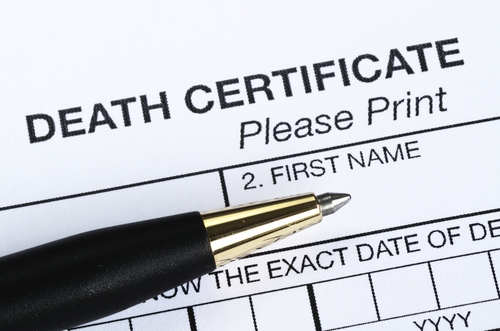How do we measure expected and excess deaths?

There has been widespread interest in the number of excess deaths across the UK. That is, the difference between the actual number of deaths observed and the number that was expected. But how do you calculate the expected number of deaths? Sarah Caul explains a new cross-UK initiative to take stock of how we calculate expected, and excess, deaths.
Calculating the number of deaths expected during a given period has never been easy. Adding a pandemic to the mix made it even harder. Prior to the coronavirus pandemic, the question we needed to answer was ‘How should we measure the expected number of deaths?’.
With pandemic learnings under our belt, the question we are seeking to answer isn’t as clear and has now widened to ‘What do we mean by expected number of deaths?’. Are we trying to calculate the number of deaths had there not been a pandemic, that is to say estimate the impact of the pandemic on mortality? Or are we trying to calculate the number of deaths given there has been a pandemic, i.e. to inform us about what is happening now? Could there even be a different question we need to answer?
Across government a range of methods are used, all of which have merit and continue to add value when looking at excess deaths. Given the impact of the pandemic, we are working together across wider organisations to discuss our collective methods and provide as much clarity around excess deaths as possible.
Who are we working with and where have we got to?
The new cross-UK excess mortality baseline technical working group is benefiting from expertise spanning many organisations and fields. As well as representatives from different areas of ONS we have representation on the working group from Cabinet Office, Office for Health Improvements and Disparities (OHID), UK Health Security Agency (UKHSA), Public Health Wales, Welsh Government, National Records of Scotland, Northern Ireland Statistics and Research Agency, Department of Health Northern Ireland, and the actuarial profession (Lane Clark & Peacock LLP and Continuous Mortality Investigation CMI).
The work is in its early stages and, so far, the group’s work has discussed current methods and potential methods to investigate. We’ve also discussed the key question of whether the measurement of excess deaths should take account of the pandemic, and how the optimal data and method may depend on exactly what question we are seeking to answer.
If you are an interested party, we also want to hear from you. We want to know what is important to the public whilst doing this work. Do you have an opinion on how we measure the expected number of deaths? Or even a suggestion for a method that is worth investigating? If you have any thoughts, then please send them to health.data@ons.gov.uk
What methods are we considering?
At this early stage, we are developing a long list of methods used by other organisations which we want to explore on top of our current methods.
We will be reviewing all of the current methods used by the organisations on the working group. These include five-year averages, relative age-standardised mortality rates, segmented regression analysis, the CMI mortality projections, CMI pandemic monitor, EuroMOMO, UKHSA daily mortality method and OHID’s excess death model.
As well as these, we will be exploring alternative methods such as Holt-Winters (a method that uses exponential smoothing to predict future values), ARIMA/SARIMA models (autoregressive integrated moving average model with or without seasonality included), Neural networks (a simplified model based on the way the human brain processes information), Farrington models (a quasi-Poisson regression-based model), and investigating the models used by WHO (more information can be found here).
We will also be investigating nowcasting. This is the application of forecasting methods to estimate deaths occurring at the present time, rather than at a time in the future. For this approach we aim to explore how mortality nowcasting is carried out by other organisations (including internationally) through a literature review, identify options to consider in the UK context, discuss which to pursue in the technical working group, and produce an experimental output. We will also work with colleagues across ONS and government who have used nowcasting to gather their advice for using it in a mortality context.
The same data will be run through each of the methods mentioned above and any others which will be subsequently identified. This data will be for the UK and the four nations separately and run on a variety of time periods (e.g., weekly, monthly, annual). This will allow us to make sure the method is fit for all purposes. An article will be published with the results of all these investigations.
How long will this take?
We are aware of the importance of the topic and need for clarity sooner rather than later. Initially we are hoping to complete this project within three months.
This work is not straightforward, but we are confident that we can reach a consensus and deliver improved insight on excess deaths.
Please contact health.data@ons.gov.uk with any comments and these will then be shared with the wider group.

Sarah Caul MBE, Head of Mortality Analysis at ONS